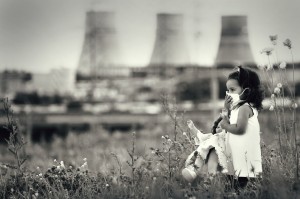
Anthropogenic emissions of carbon dioxide (CO2) and other greenhouse gases are changing the earth’s climate in ways that could lead to catastrophe. The United States is the largest emitter of these gases, producing almost one-fourth of worldwide emissions of CO2, the dominant greenhouse gas. Power plants alone account for one-third of total U.S. emissions of CO2. A prompt transition to econ omies based on efficient use of renewable, nonpolluting energy sources rather than carbon-based fuels might avoid the worst effects of climate change by stabilizing greenhouse gases at acceptable levels. But even if that transition begins now, world energy forecasts predict that for the next several decades, fossil fuel use will greatly increase. Of special concern, many new coal-fired power plants may be built in the United States—and elsewhere, particularly in China and other developing countries. In order to limit further harm to the global environment, these plants—if they are built at all—should be constructed in a way that minimizes CO emissions and facilitates future capture and safe storage of those emissions. This Article outlines a way of accomplishing that task under current U.S. law.
